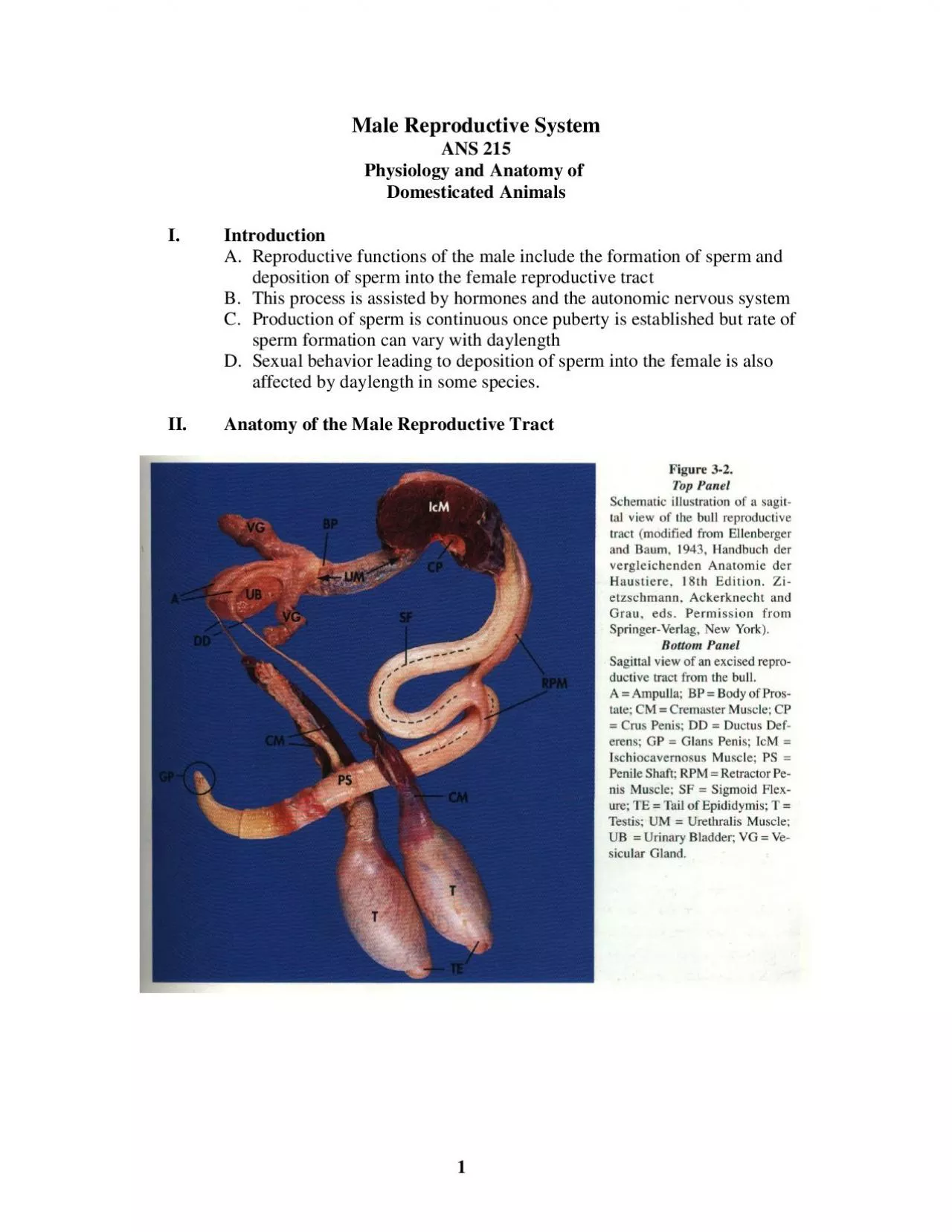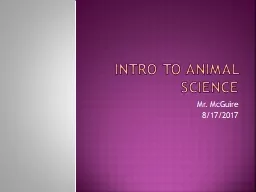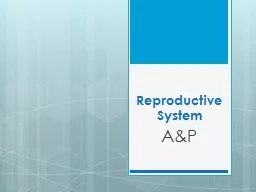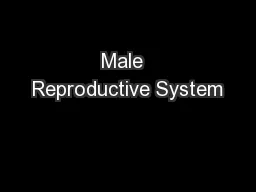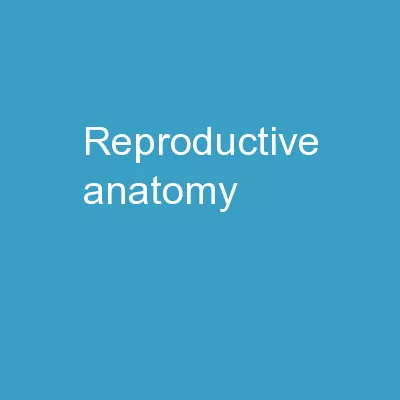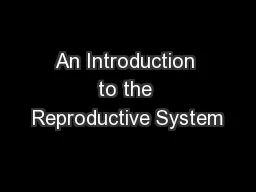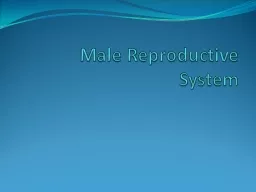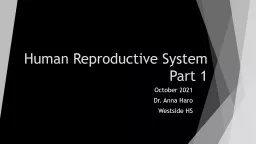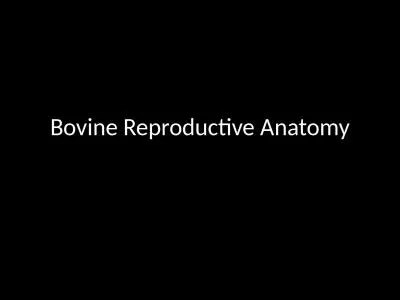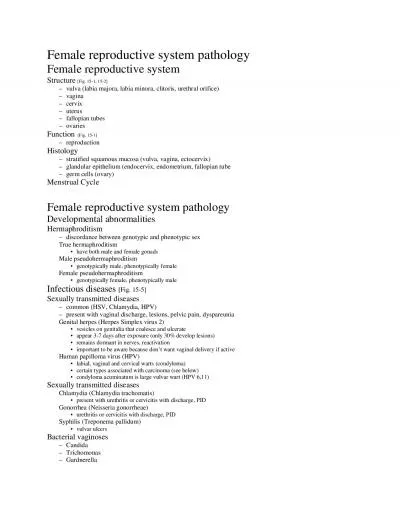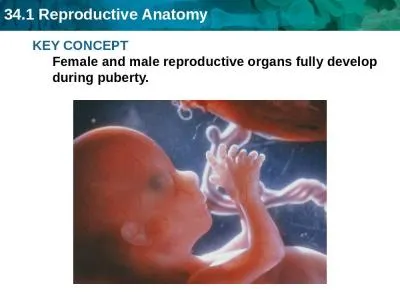PDF-Male Reproductive SystemANS 215Physiology and Anatomy of Domesticated
Author : gabriella | Published Date : 2022-08-26
ATestisiTwo testes produce spermatozoa and testosteroneBSite of spermatogenesis is the seminiferous tubuleiConvoluted and occupy greatest portion of each testicleCOuter
Presentation Embed Code
Download Presentation
Download Presentation The PPT/PDF document "Male Reproductive SystemANS 215Physiolog..." is the property of its rightful owner. Permission is granted to download and print the materials on this website for personal, non-commercial use only, and to display it on your personal computer provided you do not modify the materials and that you retain all copyright notices contained in the materials. By downloading content from our website, you accept the terms of this agreement.
Male Reproductive SystemANS 215Physiology and Anatomy of Domesticated: Transcript
Download Rules Of Document
"Male Reproductive SystemANS 215Physiology and Anatomy of Domesticated"The content belongs to its owner. You may download and print it for personal use, without modification, and keep all copyright notices. By downloading, you agree to these terms.
Related Documents

